An Ethiopian Airlines passenger jet bound for Nairobi crashed minutes after takeoff on Sunday, killing all 157 people on board.

Eighteen Canadians were killed, according to the airline’s CEO Tewolde GebreMariam and Kenya’s transportation minister. A professor at Ottawa’s Carleton University was the first Canadian victim to be identified.
WATCH: Kenyans in Toronto mourn Ethiopian Airlines crash victims

The dead also included Kenyan, Ethiopian, American, Canadian, French, Chinese, Egyptian, British, Dutch, Indian, Slovakian, Austrian, Swedish, Russian, Moroccan, Spanish, Polish and Israeli citizens.
At least four worked for the United Nations, the airline said, and the UN’s World Food Programme director confirmed his organization had lost staff in the accident. The UN High Commissioner for Refugees said “it is with great sadness and shock” that the refugee agency learned that colleagues were among the victims of the Ethiopian Airlines plane crash.
READ MORE: Carleton U professor Pius Adesanmi identified as victim of Ethiopian Airlines crash
The United Nations says 19 people were staffers at various UN-affiliated organizations.
The crash raised questions about the safety of the Boeing 737 MAX 8, a new model that also crashed in Indonesia in October.
READ MORE: Ethiopian Airlines crash victims hail from 35 countries, include doctors and aid workers
Sunday’s flight left Bole International Airport in Addis Ababa at 8:38 a.m. (0538 GMT) before losing contact with the control tower just a few minutes later at 8:44 a.m.
“The pilot mentioned that he had difficulties and that he wanted to return,” GebreMariam told a news conference.
“There are no survivors,” the airline tweeted alongside a picture of GebreMariam holding up a piece of debris inside a large crater at the crash site.
WATCH: Ethiopian Airlines CEO says pilot mentioned having ‘difficulty’ and wanted to return

The plane likely was carrying people set to attend a major United Nations environmental conference in Nairobi — the UN Environment Assembly is set to begin on Monday in Kenya’s capital.
A Canadian delegation was expected to attend the conference but it’s not known if they were aboard the doomed aircraft, a government source confirmed to Global News.
Foreign Affairs Minister Chrystia Freeland said the government is trying to get information from Ethiopian authorities.
Prime Minister Justin Trudeau urged Canadians in need of assistance to contact Global Affairs’ emergency assistance line.
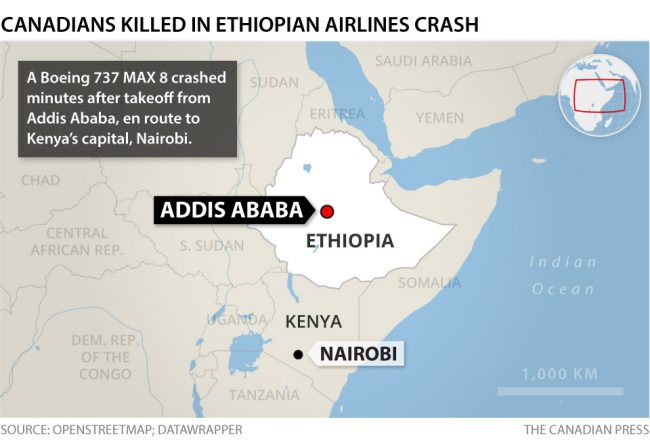
Weeping relatives begged for information at airports in Nairobi and Addis Ababa.

Get daily National news
“We’re just waiting for my mum. We’re just hoping she took a different flight or was delayed. She’s not picking up her phone,” said Wendy Otieno, clutching her phone and weeping.
WATCH: Eighteen Canadians on board crashed Ethiopian Airlines flight, airline says “no survivors” according to reports

The aircraft, a 737 MAX 8, is the same model that crashed into the Java Sea shortly after takeoff from Jakarta on Oct. 29, 2018, killing all 189 people on board the Lion Air flight.
The cause of that crash is still under investigation.
A senior U.S. government official said it was too early to tell if there was any direct connection between the two accidents but that reviewing the issue would be among the top priorities for investigators.
The 737 is the world’s bestselling modern passenger aircraft and is seen as one of the industry’s most reliable.
READ MORE: Air Canada, WestJet fly 37 planes of the type that crashed in Ethiopia
A preliminary report into the October crash focused on airline maintenance and training and the technical response of a Boeing anti-stall system to a recently replaced sensor.
Boeing is working on a software patch while insisting cockpit procedures were already in place to deal with problems that the Lion Air jet experienced.
Ethiopian‘s new aircraft had no recorded technical problems and the pilot had an “excellent” flying record, GebreMariam said.
“We received the airplane on Nov. 15, 2018. It has flown more than 1,200 hours. It had flown from Johannesburg earlier this morning,” he said.
WATCH: These are the Canadian victims of Ethiopian Airlines flight 302

“Unstable speed”
Flight ET302, registration number ET-AVJ, crashed near the town of Bishoftu, 62 kilometres southeast of the capital, Addis Ababa, with 149 passengers and eight crew aboard, the airline said.
The flight had unstable vertical speed after takeoff, the flight tracking website Flightradar24 tweeted.
The aircraft had shattered into many pieces and was severely burnt, a Reuters reporter at the scene of the crash said. Clothing and personal effects were scattered widely over the field where the plane came down.
There was no immediate indication of what caused the crash, and safety experts said it was too early to speculate, adding most accidents are caused by a cocktail of factors. Boeing said it was ready to help investigate.
Anguished relatives
At Nairobi airport, many relatives were left waiting at the gate for hours with no information from airport authorities. Some learned of the crash from journalists.
Robert Mutanda, 46, was waiting for his brother-in-law, a Canadian citizen.
“No, we haven’t seen anyone from the airline or the airport,” he told Reuters at 1 p.m., more than three hours after the flight was lost. “Nobody has told us anything; we are just standing here hoping for the best.”
WATCH: Relatives gather at airports after Ethiopian Airlines crash

Kenyan officials did not arrive at the airport until 1:30 p.m., five hours after the plane went down.
James Macharia, the cabinet secretary for transport, said he heard about the crash via Twitter.
Nineteen staff from at least five UN and affiliated organizations died, including the World Food Programme, the UN refugee agency UNHCR, the International Telecommunications Union, the UN Environment Program, the World Bank and the International Organisation on Migration (IOM), according to the IOM.
Ethiopian Airlines
Under international rules, responsibility for leading the crash investigation lies with Ethiopia, but the U.S. National Transportation Safety Board (NTSB) will also participate because the plane was designed and built in the United States.
Representatives of Boeing and Cincinnati-based engine-maker CFM International, a joint venture between General Electric and France’s Safran SA, were expected to advise the NTSB.
WATCH: Man who missed Ethiopian flight recalls moment he found out about plane crash

Ethiopian is one of the biggest carriers on the continent by fleet size. The plane was among six of 30 Boeing 737 MAX 8 jets the rapidly expanding carrier has ordered.
The fleet will continue flying since the cause of the crash is not clear, the CEO said.
WATCH: Ethiopian Airlines CEO says pilot of crashed flight had more than 200 flight hours, plane is new

Its last major crash was in January 2010, when a flight from Beirut went down shortly after takeoff, killing all 90 people onboard. The Lebanese blamed pilot error, which was disputed by the airline.
North American airlines that operate the 737 MAX 8 said they were monitoring the investigation. Southwest Airlines flies 31 MAX 8 jets, while American Airlines and Air Canada each have 24 in their fleet. Southwest said it remained confident in the safety of its more than 750 Boeing jets.
—With files from Global News, the Canadian Press and the Associated Press





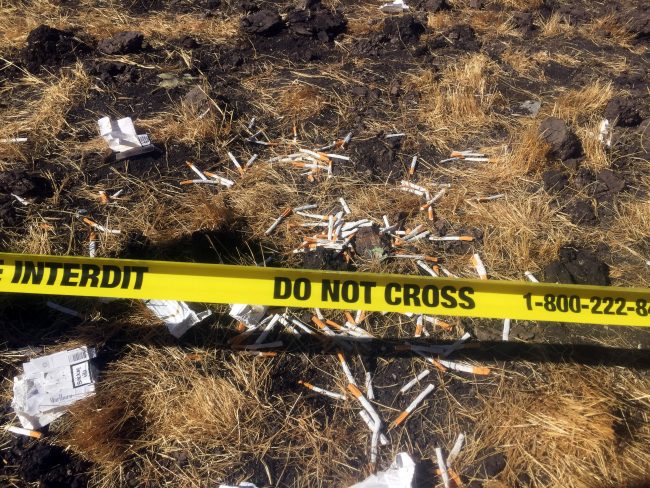

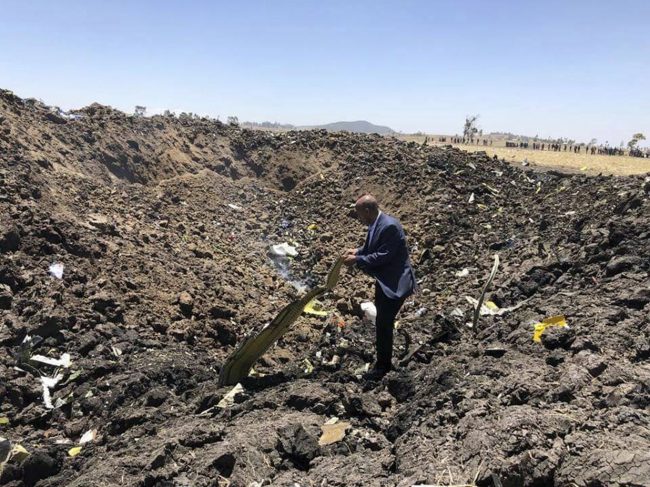

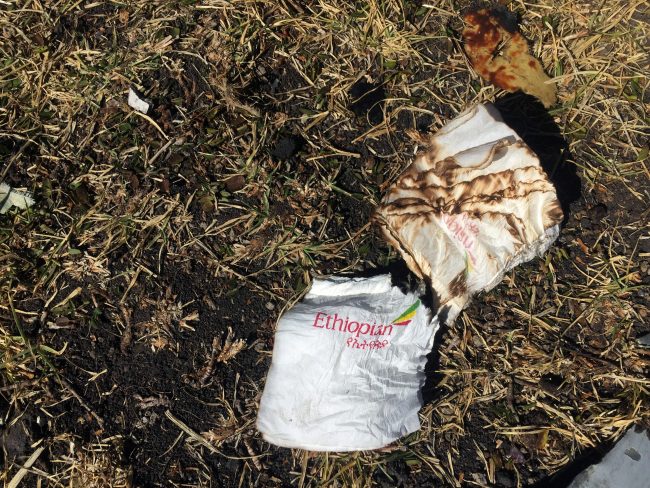

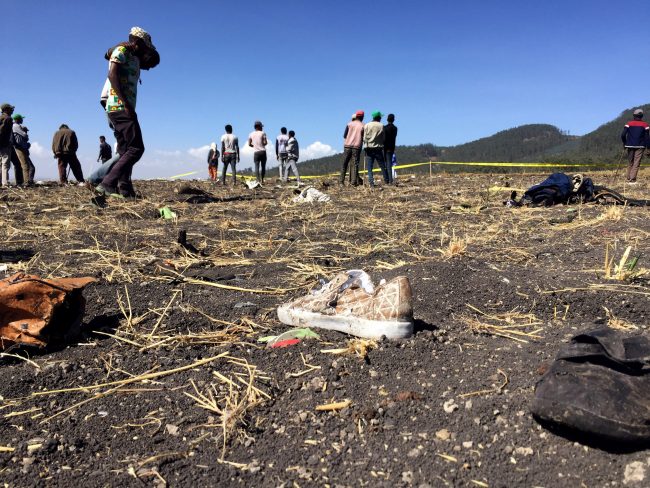

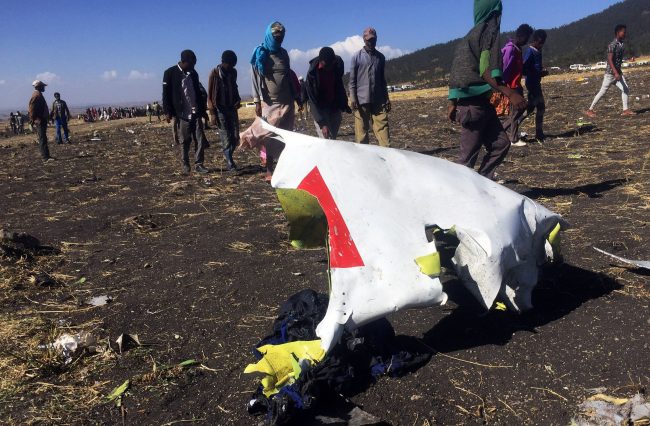





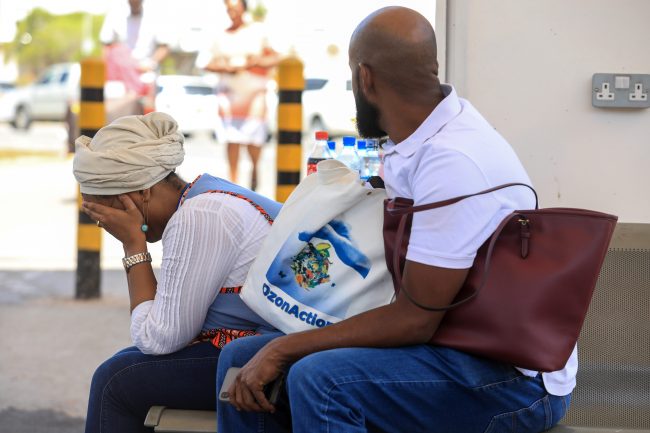

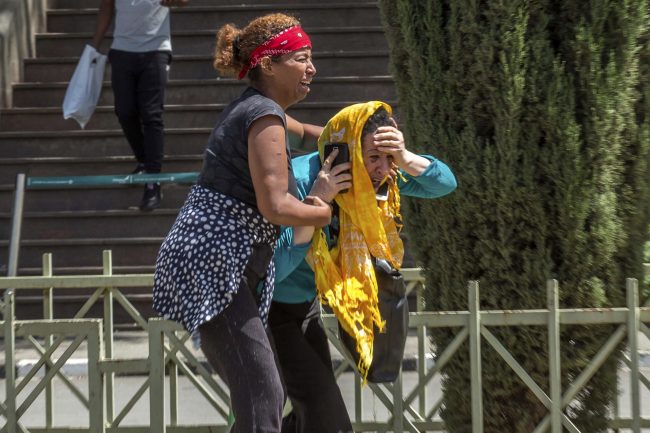





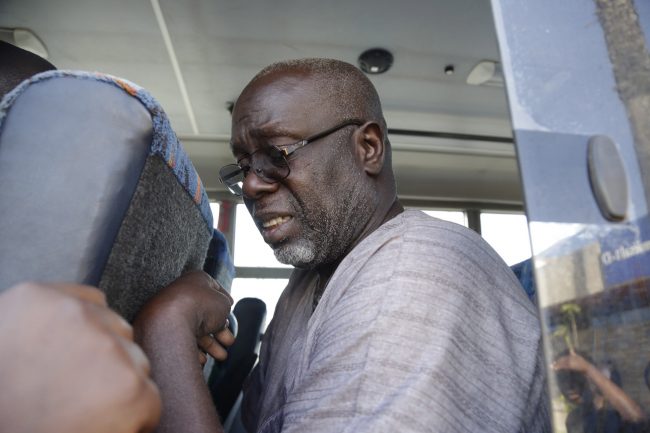

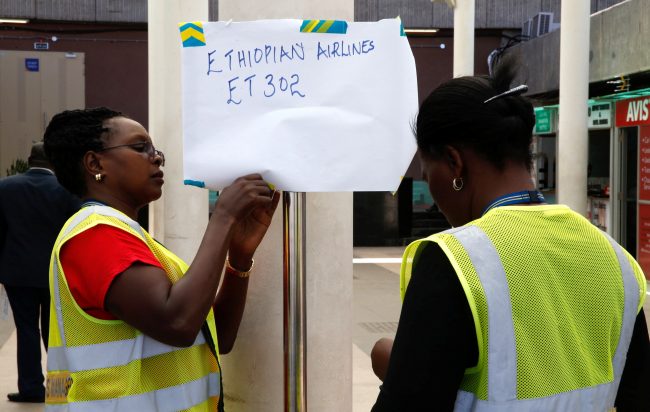

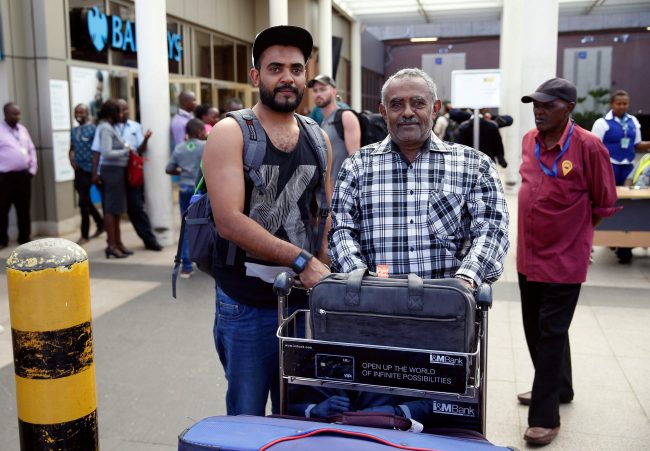
Comments